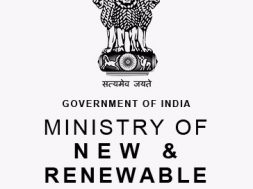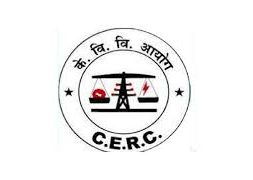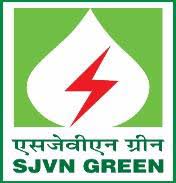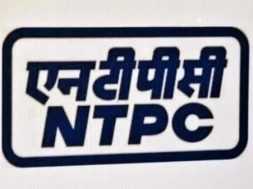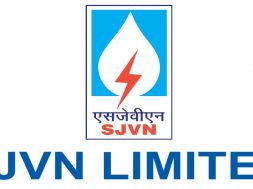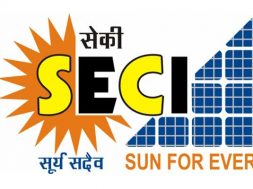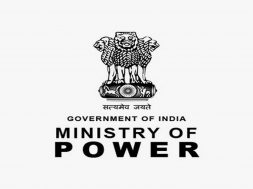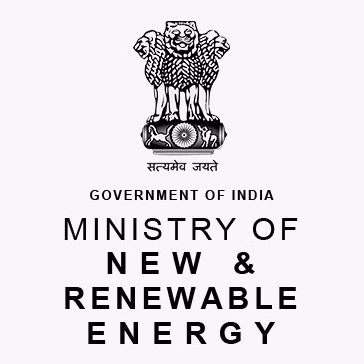
Hybrid Meeting on ” Second Call for Proposals for R&D projects” under the R&D Scheme – EQ
Summary:
—
## **Guidelines for Series Approval of Solar PV Modules – Testing in BIS-Recognized Labs**
**Issued by:** Ministry of New & Renewable Energy (MNRE) – Standards & Quality Control Division
**File No.:** 313-12/5/2025-S AND QC
**Date of Issue:** 13 August 2025
—
### **Objective**
To provide **standardized procedures** for test laboratories and manufacturers in **forming product families** and conducting performance testing of **Solar PV (SPV) modules** for compulsory registration with BIS, as per the **Solar Systems, Devices and Components Goods (Quality Control) Order, 2025**.
The guidelines define how series approval will be granted for modules of **crystalline, thin-film, and bifacial types**, including rules for changes in design, materials, and manufacturing processes.
—
### **Scope & Applicability**
* Applies to **SPV modules** under BIS registration as per QCO 2025.
* **Exemption:** Modules of **0.2–20 W** for solar luminary applications:
* Up to **5 W** (solar lanterns) → Tested as per IS 16476 (Part I).
* **5–20 W** → New standard to be developed by BIS; excluded until notification.
—
### **Definition – Product Family**
A **product family** is defined by the maximum configuration of components/sub-assemblies and how models are constructed from them. Modules in the family must share **common design, construction, and essential parts** to ensure conformity.
**Testing Protocol:**
* Minimum of **2 modules each** from lower, median, and higher power classes to be tested.
* If median power class doesn’t exist, next higher is used.
* Test cost applies only to these samples; test reports will cover the full family.
* Label of each series model must be included in the report.
* BOM changes require **retesting** as per guidelines.
—
### **Minimum Efficiency Criteria**
* Lowest, highest, and median sample must meet **minimum efficiency** requirements as per QCO 2025.
* Efficiency calculation method as defined in QCO.
—
### **Marking Requirements**
All modules must have **clear, indelible markings laminated inside the glass** (except thin-film, where alternate placement is allowed) showing:
1. Manufacturer name/trademark
2. Model number
3. Unique serial number
4. Nominal wattage & tolerance (±3% acceptable)
5. Year & country of origin
6. Module efficiency at STC
7. Brand name (if applicable)
Additional markings as per IS 14286 (Part 1):2023 and IS/IEC 61730-1 clause 6.2.2.
* Pmax to be printed on back label.
* Test labs must reject modules lacking complete markings.
—
### **Retesting Guidelines**
* Any change in BOM or process modifications requires retesting under IS/IEC 62915:2023.
—
### **Transitional Provisions**
* Manufacturers who submitted samples before these guidelines (under QCO 2025, IS/IEC 61730-1:2016 & 61730-2:2016) will be licensed upon receiving test reports, provided proof of sample submission is furnished.
* Renewals or inclusions post-guidelines will follow **latest applicable standards**.
—
### **Standards & Test Sequences**
* Latest versions of relevant **Indian Standards** (and amendments) notified by BIS apply from notification date.
* Labs may follow:
* Separate test sequences for IS 14286 & IS/IEC 61730
* Combined test flow (IS/IEC 61730 + IS 14286 / IEC 61215) per IS/IEC TS 62915.
* Separate test reports required for IS/IEC 61730 and IS 14286 / IEC 61215.
—
For more information please see below link:



